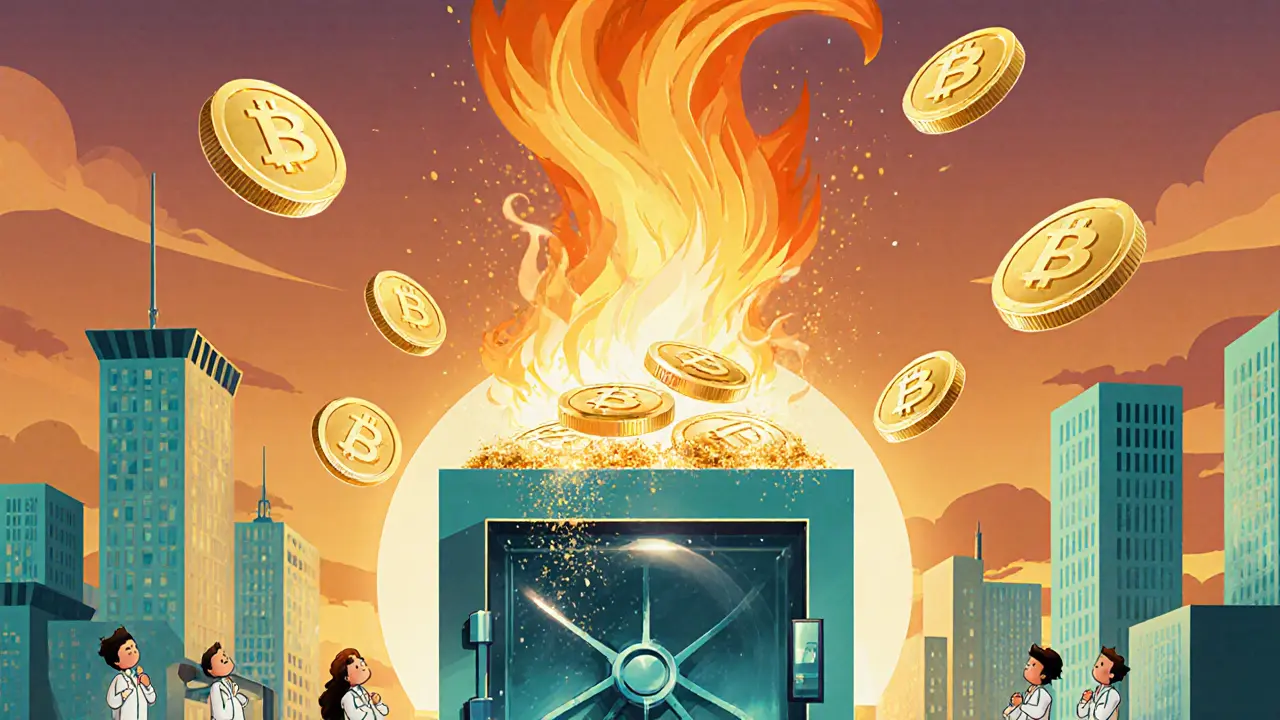Token Burning: Why It Matters in Crypto
When working with token burning, the permanent removal of tokens from circulation by sending them to an unrecoverable address. Also known as coin burn, it helps control supply and can affect market dynamics. Deflationary token, a crypto asset designed to reduce its total supply over time through burns or fees is a direct outcome of this process. The relationship is clear: token burning encompasses supply reduction, which in turn creates scarcity that can drive price action. Understanding this core concept sets the stage for deeper exploration of how burns are structured and why projects adopt them.
Key Elements of a Burn Strategy
Every successful burn relies on a burn address, a public ledger entry with no known private key, used to lock away tokens forever. Projects need a transparent method to send tokens to this address, ensuring the community can verify the burn. The burn address acts as the execution point for the supply‑cutting mechanism, making the process trust‑less and auditable. In practice, a token's smart contract often includes a function that moves a chosen amount to the burn address, completing the reduction. This requirement – "token burning requires a burn address" – forms a basic semantic triple linking the central activity to its technical tool.
Beyond the mechanics, the broader tokenomics, the economic design governing issuance, distribution, and utility of a cryptocurrency dictates how and when burns occur. Tokenomics influences burn frequency, the percentage of supply removed, and whether burns are automatic (e.g., transaction fees) or discretionary (team‑initiated). A well‑crafted tokenomic model uses burns to align incentives, reward holders, or fund development. Hence, "tokenomics influences token burning" captures another essential triple, showing how strategic design shapes supply dynamics.
Real‑world examples illustrate these ideas in action. Binance Coin (BNB) regularly burns a portion of its supply based on quarterly trading volume, sending the tokens to a known burn address. Ethereum’s EIP‑1559 introduced a base‑fee burn that destroys a slice of transaction fees each block, turning fee markets into a deflationary force. Both illustrate how a clear burn address and tokenomic plan can drive measurable supply cuts, often boosting community confidence. Observing these cases helps you spot effective burn models and understand their impact on price trends.
Now that you’ve got the fundamentals – what token burning is, the role of burn addresses, and how tokenomics shapes the process – you’re ready to dive into the curated articles below. They cover everything from detailed burn mechanisms on popular chains to risk assessments for projects that promise aggressive supply cuts. Browse the list to see practical guides, case studies, and critical reviews that will deepen your grasp of token burning and how to evaluate it in any crypto project.
Understanding Token Burning: Mechanisms, Implementation, and Best Practices
Learn what token burning is, explore the main burn mechanisms, see how to implement them safely with smart contracts, and avoid common pitfalls.
